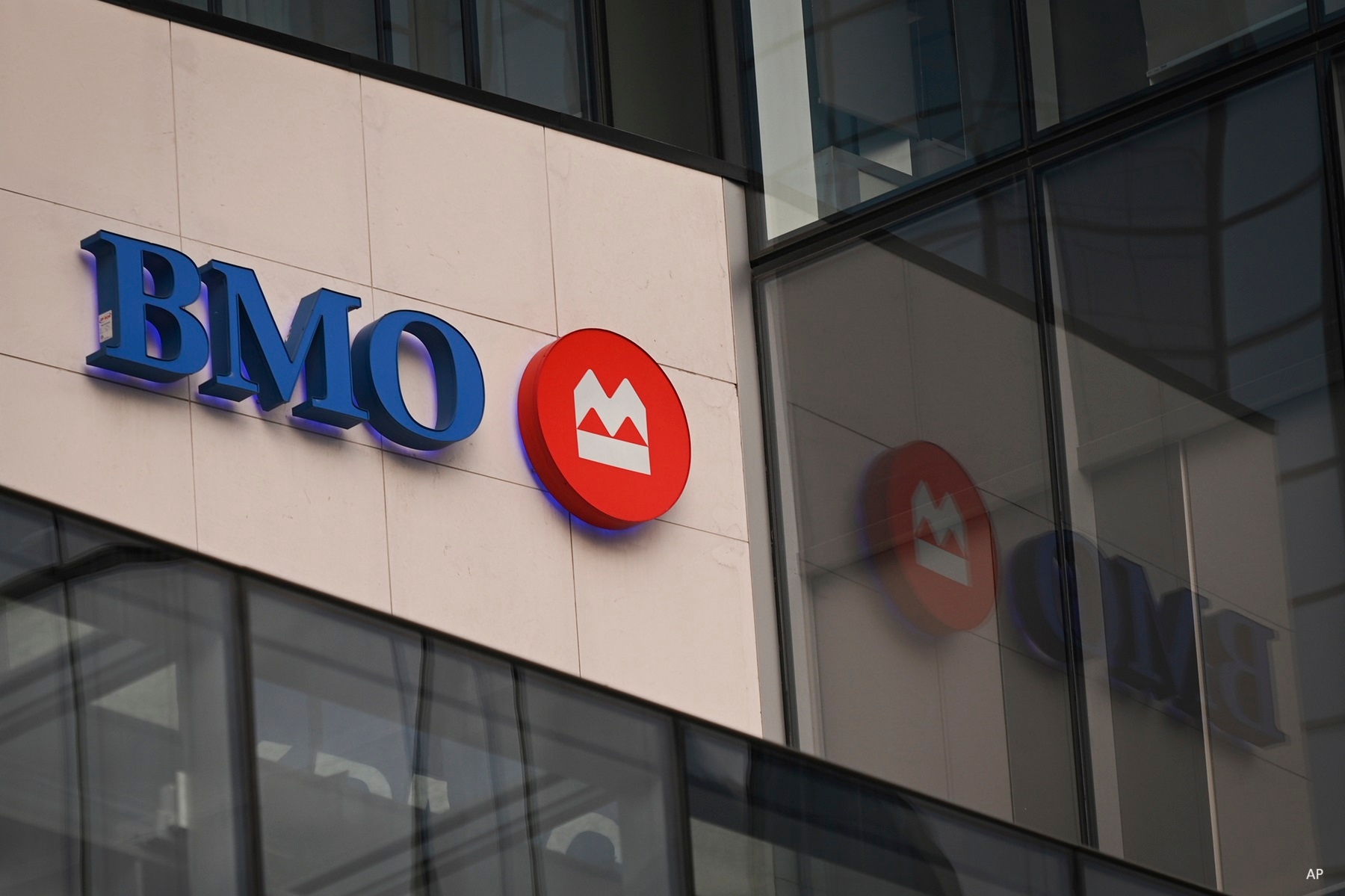Ian Tam: For retail investors, investing in growth companies can often be a daunting task. Unlike a dividend or an income portfolio, growth companies can often be unpredictable with fairly volatile earnings. But for investors with a longer time horizon or a higher risk tolerance, growth companies offer opportunities for tremendous capital appreciation.
So, today, I'm going to use Morningstar CPMS to show you how to build a growth style portfolio or growth style strategy and I'm also going to show you what it looks like when I add a safety factor to that model and how it helps reduce volatility and also reduce turnover in the model.
So, to start with, let's look at a growth-oriented model. So, I'm using Morningstar CPMS, which in Canada, covers roughly 700 companies. And what I'm doing is, I'm going to actually only take the largest 250 companies in our database, so largest 250 names in Canada. I'm going to take those 250 names; I'm going to sort them based on three fairly explicit factors.
You'll see on my screen here I have a pie chart. This represents the weightings of my three factors. So, the biggest weighting I put on something called five-year earnings per share growth rate. And what this basically measures is, we take a look at the last 60 months of observed earnings for a given company. We draw a line of best fit through those 60 months' worth of earnings. The slope of that line we call the normalized earnings per share growth rate. So, it does take into account some extraneous data. So, we do normalize that somewhat to make sure we have a nice smooth earnings growth rate per year.
The second and third metrics here I use are called annual earnings momentum and quarterly earnings momentum. So, unlike a five-year number, these are actually fairly short-term in nature. The annual earnings momentum looks at the last four quarters of operating earnings and compares against the same number four quarters ago. So, you got a very short-term measurement of earnings growth. Similarly, quarterly earnings momentum looks at the last four quarters of earnings compared against the same number one quarter ago, so even a shorter term.
So, what I've done here is I basically weighted the longest-term growth in earnings the most and then the shorter-term earnings growth numbers a little shorter. So, this will basically find – rank the stocks in Canada from number 1 to number 250, essentially based on earnings growth rate, which is a core metric when you are looking at growth companies.
So, to build a strategy I can define some rules as well. So, for me to consider buying one of these growth companies, it has to be ranked in the top 25% of that 250 stock list. In addition, the estimates on that stock have to generally be moving in the positive direction and it have to have to met or roughly met earnings expectations in the last quarter.
When a stock's rank dropped below the top 35% of my list, I sell the stock. Or if the earnings are missed by a substantial percentage, specifically around 10%. And lastly, if the estimate revisions start to move in a drastically negative direction; more specifically, if estimates drop by more than 10% over three months, that's when I sell out of that stock. So, that's the idea. A very basic earnings growth style strategy.
So, what I'll do is, using CPMS I'll test to see if this model actually works over a fairly long period of time. So, I'm going to run a back test for you here. And you will see what we are doing on the screen is we are starting with $1 million of cash in December of 1991. We would have purchased whatever 25 stocks met my requirements at that points in time using the information from that point in time. So, at the end of each month, as we are seeing on the chart here, if any of the stocks break my requirements, I sell that stock and I immediately replace it with the next highest ranking stock.
Now, in this particular model, I have limited the number of stocks per sector to five, so I'm never having more than 20% of my portfolio in one given sector and that just helps reduce the volatility and reduce the concentration in one sector which can often by very risky, especially in Canada when there's a large chunk of our index is made up of three sectors. So, we do want to make sure we're somewhat diversified across the economy.
So, you can see, as we are running through this chart, the red line, which is our model, it is fairly volatile which you would expect from an earnings growth or growthier style portfolio. The orange line, of course, is the TSX Composite Index. So, again, unlike a dividend growth or an income portfolio, you are going to be expecting some substantial volatility over time in your portfolio.
Okay. So, after running that back test, you can see that our model performed fairly well, performing at roughly 10.3% annualized, which is better than the S&P/TSX Composite by about 2%. You'll also notice that turnover is fairly high. So, 123% means that you are trading all 25 stocks on average a little bit more than once a year. So, for the typical retail investor this maybe a bit much. Even though you are getting pretty reasonable returns over time, you are going to be stuck dealing with fairly volatile periods, like in 2008 and more recently in 2018, especially the tail end of 2018 where we saw a lot of negative volatility in the market. Our model in the trailing one year actually trailed the TSX by roughly 15%. So, that's an example of, kind of, a standard growth model. But let's flip the switch a little bit and let's actually add a safety factor to this model to see how it might affect the returns over time.
So, on my screen here I've actually built a second version of this model. And I've kept pretty much all the parameters exactly the same. But you'll see that in my pie chart, the factors that I used to weight my model, I have changed that substantially here. So, instead of using 50% based on long-term earnings growth, I've actually used 50% weighting in, what I call, five-year beta. So, just as a quick reminder, beta measures the historical sensitivity of a stock to an underlying index. So, when you have a stock with a beta of one, for every dollar, the S&P/TSX Composite moves up, your stock has historically moved up by $1. If you have a beta of 0.5, for every dollar the benchmark moves up, our stock moves up by $0.50. We typically want as a safety factor to have stocks with lower beta. So, in this modified version of my model, I've actually applied a 50% weighting to the five-year historic beta, again preferring lower betas and I've kept all the other weightings in terms of the growth rate of earnings the same.
So, making that one tweak to the model, let's actually see if this does any better. So, I run the same exact back test, same parameters, 25 stocks no more than five per economic sector, again, starting with $1 million cash back in 1991. So, let's have a look at what this does.
Okay. So, as you can see, after running that second back test, using a safety factor like beta, in this case, actually, seems to enhance the returns. Our annualized return in the second example is about 13.4% which is better than the TSX by 5.1%. But what's also important to know here is that my turnover ratio, my turnover figure is actually a lot lower at 84%. So, if you think about this intuitively, it does make sense because when you are looking at stocks with lower beta, again, less sensitive and less torquey, you think that the turnover, the trading you are doing in the model, will be lower as well. So, that does seem to be the case here and it looks like we were able to protect ourselves a little bit more from the volatility in 2018. As well, in the trailing one-year period, the strategy performed 4.5%. The TSX was up by 6.9%, so a little bit worse. But certainly, we are getting a higher return for the amount of risk that we're taking on relative to the TSX Composite Index.
So, the stocks that would meet my requirements for this strategy today are listed in the table accompanying this transcript.
- Source: Morningstar CPMS
Top-ranked stock is Couche-Tard, a company that operates a network of convenience stores across North America, Ireland, Scandinavia, Poland, the Baltics and Russia.
For Morningstar, I'm Ian Tam.




















